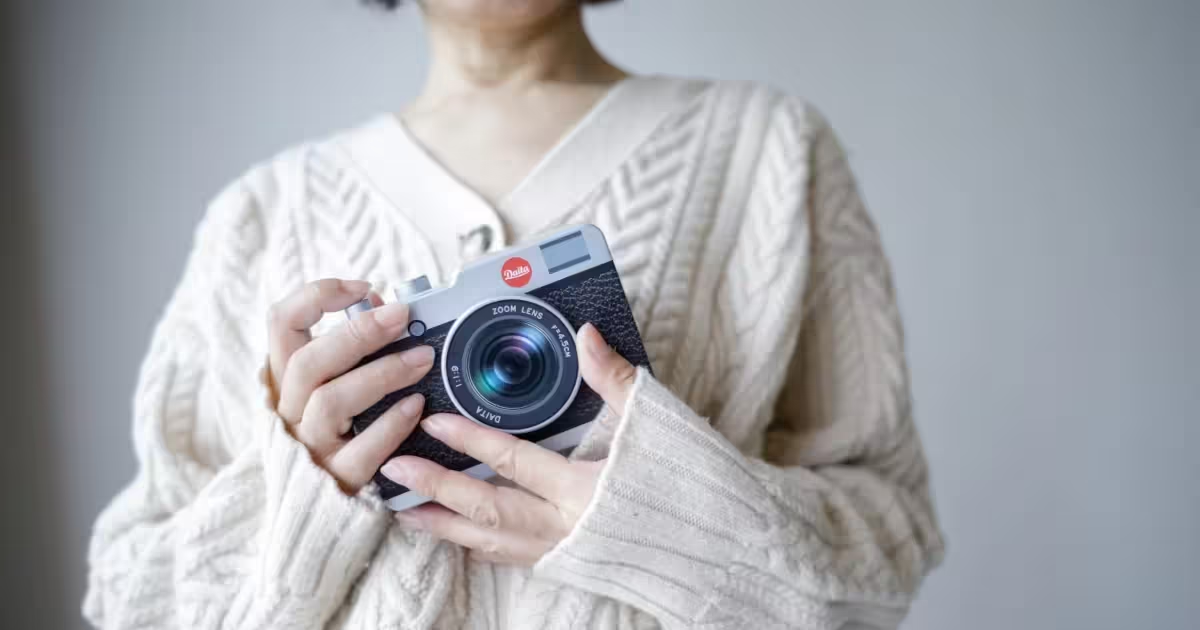The best size for uploading images to WordPress will depend on your theme’s design and image purpose. If your page or post only has one image and you want it to look great when sharing the URL on social networks, you could try 1200 x 630 pixels for a first good size.
What is the recommended image size for a page or post content?
Say you are writing a blog post. If you plan to use images just for decoration or to provide context to your written content, you won’t probably need them to cover the whole screen. Even for a website focused on visual content, like a photographic portfolio, you may not want to display them in the biggest size that you have.
For example, huge vertical images force the user to scroll on a small screen. For artistic purposes, this could break the composition.
Big images are heavy, and they usually take longer to load. A good idea to show bigger images could be to use the native WordPress lightbox function to expand them when you click on them. This would offer a fast experience for most users while allowing you to see the image with more details if needed.
If you use a group of images, also known as a gallery, make the thumbnails big enough to see what the image is about but not so big that expanding them on smaller screens like a mobile device makes no sense. I’ve seen images on a lightbox that appear even smaller than the original due to the controls of the lightbox.
How to insert images in WordPress
The good thing about the WordPress Editor is that if you insert an Image or even a cover block that uses them as a background, WordPress generates responsive images. This allows the software to automatically use and display the correct image version based on a device’s screen size.
Even if you select a giant version of an image—in my case, I love to insert the images at the double size of the container so they look crisp on retina displays—they will only load a smaller version in devices that don’t need that much pixels, for example when the width is too small.
I’ve seen several WordPress builders that disable or don’t use this feature well, making websites slower. This is enough reason for me not to use them and stick to the core Site Editor when possible.
What is the maximum size for which I should upload images to WordPress?
WordPress will scale down images bigger than 2560 pixels and use that version as the largest image available. Uploading them bigger doesn’t make sense since users won’t be able to access them easily. Also, they will add total disk space to your WordPress uploads directory, making it slower to back up and migrate your website.
If you need to display a large image, consider a resolution of 1920 pixels in width; an image of this size will look fine even on most large displays.
Also, processing images after uploading them can take server resources and time, especially if you need to upload many images.
What format should I use to upload images to WordPress?
It’s time to use next-generation image formats like WebP and AVIF, which are way more compressed without losing much quality.
JPGs do not do a good enough job, and PNGs are usually heavy. I suggest using videos instead of GIFs. They are more responsive, especially on larger screens, and you can add audio and gain subscribers on other platforms with them.
AVIF is not ready to use everywhere on your site. For example, if you want to establish the image used when sharing your URL on social networks, Yoast will throw the error: “The format of the uploaded image is not supported. The supported formats are JPG, PNG, WEBP, and GIF.”
Also, I discovered recently that WebP images won’t show in newsletter feeds like Jetpack yet.
Jos Velasco.
Please let me know if you have any questions about images inside WordPress projects.
CC0 licensed photo by sysbird from the WordPress Photo Directory.

Leave a Reply